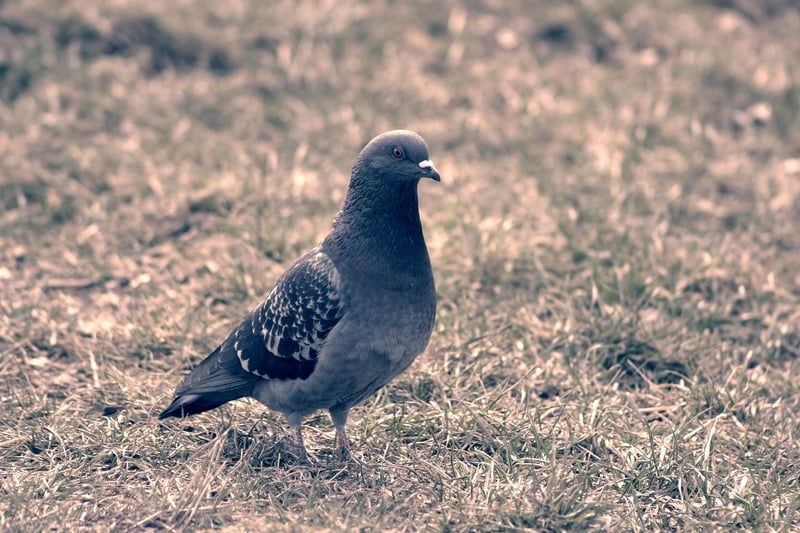How They Work
Mechanisms of Time Travel and How They Work
Time travel has been a popular concept in science fiction for decades, capturing the imagination of many. While time travel remains theoretical in the realm of physics, various mechanisms have been proposed to explain how it could potentially work. Let's explore some of these mechanisms and how they operate:
1. Wormholes
One of the most common theories for time travel involves the use of wormholes. Wormholes are hypothetical tunnels in spacetime that could create shortcuts for traveling vast distances in both space and time. By manipulating the entrance and exit of a wormhole, it is believed that one could potentially travel to different points in time.

2. Time Dilation
According to Einstein's theory of relativity, time dilation occurs when an object is moving at speeds close to the speed of light or in the presence of strong gravitational fields. Time passes differently for objects in motion compared to those at rest. By leveraging this phenomenon, one could theoretically travel forward in time by moving at near-light speeds.

3. Tipler Cylinder
The Tipler Cylinder is a hypothetical object proposed by physicist Frank J. Tipler. It involves a massive rotating cylinder that could create closed timelike curves, allowing for time travel into the past. While the practicality of such a device remains in question, the concept has sparked interesting discussions in the scientific community.

While these mechanisms offer intriguing possibilities for time travel, it's essential to remember that they are purely speculative at this point. The laws of physics as we currently understand them present significant challenges to achieving practical time travel. Nevertheless, exploring these theoretical concepts expands our understanding of the universe and pushes the boundaries of scientific inquiry.
Whether time travel will ever become a reality or remain confined to the realm of fiction, the quest to unravel the mysteries of time continues to fascinate scientists and enthusiasts alike.
